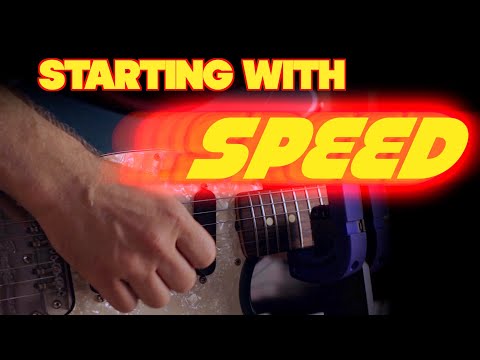Hi guys, I’m new here but have watched all episodes of Troy’s cracking the code animated series.
I have recently been seeing more users posting that to gain speed, the licks should be practised fast as opposed to slowly building up with a metronome, and I had a few questions about this.
- How does fast playing improve the speed you are able to play it, as opposed to slowly building it up?
- If I was doing the Paul Gilbert lick I would understand how I would do that, but how many bursts of it should I do and how would only doing bursts help to play the lick in more than 1 smooth repetitions.
- How would practising fast scale runs up all 6 strings work, If I attempt this everything falls apart very quickly. Is it a matter of doing maybe 6 note chunks at a time then stringing them together?
I’ve been trying to make big alternate picking gains for a couple of years now, which has slightly worked, but I can’t do anything that fast, or anything across more than one string. Even my one string stuff is slow!
Thanks



